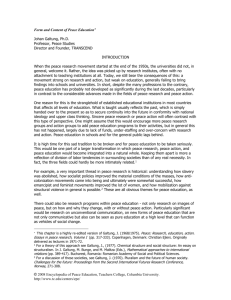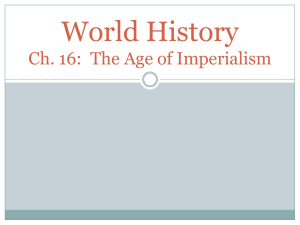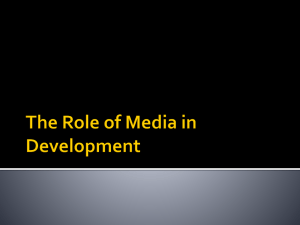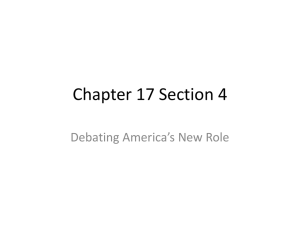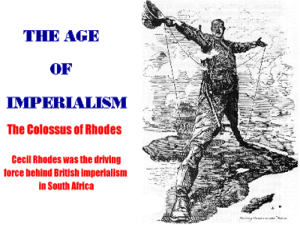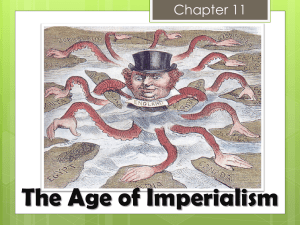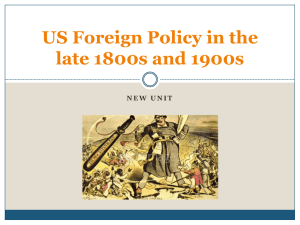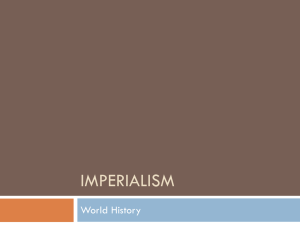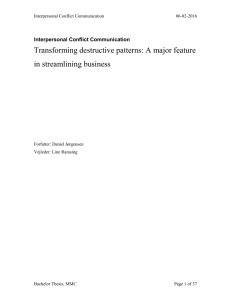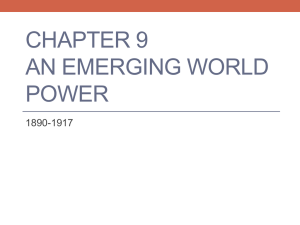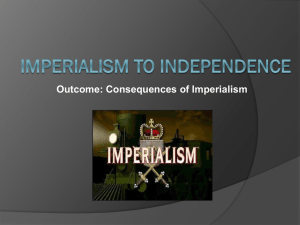Galtung`s Center-Periphery Model
advertisement
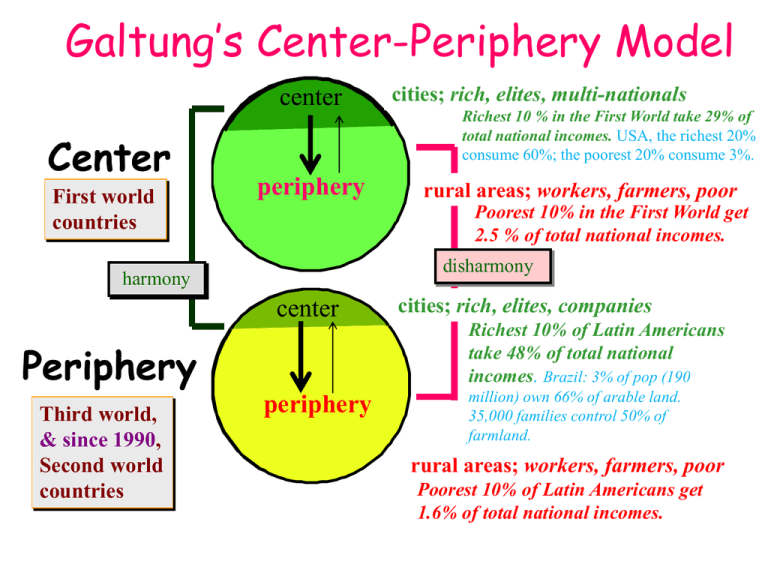
Galtung’s Center-Periphery Model center Center First world countries periphery Richest 10 % in the First World take 29% of total national incomes. USA, the richest 20% consume 60%; the poorest 20% consume 3%. rural areas; workers, farmers, poor Poorest 10% in the First World get 2.5 % of total national incomes. disharmony harmony center cities; rich, elites, companies Richest 10% of Latin Americans take 48% of total national incomes. Brazil: 3% of pop (190 Periphery Third world, & since 1990, Second world countries cities; rich, elites, multi-nationals periphery million) own 66% of arable land. 35,000 families control 50% of farmland. rural areas; workers, farmers, poor Poorest 10% of Latin Americans get 1.6% of total national incomes. Galtung’s Center-Periphery Model Examples Center-center: all of the US intelligence budget & 40 % of the United States defense budget is secret. CIA devoted $28 billion to study the periphery Soviet Union (USSR), yet in the 1980s they never noticed the Other examples The top 10 percent ofcollapse of the USSR. economic Chinese households have 57 percent of national income. Center-center: US budget for international affairs: 93% to South Africa is the7% to State Department. Pentagon; most unequal society in the world. The top 10 percent of households (almost all Whites) pocketed 58 percent of the national income Center-center: 1.4 million US military people around the world in 725 military bases from Iceland to Japan. Center-center: British empire on the eve of the World War I had a trade surplus of 7% of GDP; USA, for the last 15 years, has had a trade deficit of 5% every year – imperial overreach?center Galtung’s Center-Periphery Model Three Stages of Imperialism 1) plunder 2) barter 3) monetary exchange: In 2008, 72 % of Americans haggled compared with 56 % in 2007. They were successful about 80 % of the time. Since World War II, the USA has dominated world financial institutions, such as the World Bank and Internal Monetary Fund (IMF), world trade organizations (GATT and WTO), and regional trade associations (NAFTA and FTAA). Meanwhile, illegal, or underground, economies play important roles: 8% of GDP in USA; 22% in Italy; 25% in Greece Galtung’s Center-Periphery Model Five Types of Imperialism 1) economic: A) U.S. blockades of Cuba and Nicaragua in violation of United Nation resolutions B) U.S. security inspections in major ports around the world (Would the U.S. allow other countries to inspects its ports?) Galtung’s Center-Periphery Model Five Types of Imperialism economic: US blockades of Cuba, Nicaragua, etc. in violation of United Nation resolution economic: income inequality around the world political: Chile, 1973 – 400 USA CIA agents assisted Augusto Pinochet, commander-in-chief of the army, to kill President Salvador Allende and overthrow his freely elected socialist government. U.S. Secretary of State Henry Kissinger said: Chilean people were irresponsible in voting for Allende! Galtung’s Center-Periphery Model Five Types of Imperialism 2) political: Chile, 1973 – 400 USA CIA agents assisted Augusto Pinochet, commander-in-chief of the army, to kill President Salvador Allende and overthrow his freely elected socialist government. U.S. Secretary of State Henry Kissinger said: “Chilean people were irresponsible in voting for Allende”! 3) military: U.S. invasions in . . . • Vietnam ($500 billion) • Panama (3,000 killed) • Grenada (1983, President Ronald Reagan wanted to get rid of socialist govt. United Nations General Assembly condemned it as "a flagrant violation of international law“), • • Afghanistan (dead: 70,000 Afghans & 3,400 U.S. soldiers; $2 trillion costs) Iraq ($2.2 trillion, including veterans’ medial and disability costs) Galtung’s Center-Periphery Model The United States has 730 military bases around the world View another map of U.S. involvement. Galtung’s Center-Periphery Model As imperial power, Britain has invaded all the countries shown in red, except 22 (not shown: Sao Tome and Principe)! Galtung’s Center-Periphery Model Five Types of Imperialism 4) communication, e.g., U.S. computer expertise, air travel are all in English (heritage of the British empire) 5) cultural, e.g., movies, music: U.S. movies 83% of global cinema box-office revenues U.S. software is so popular that much of it is illegally copied in countries like China, India, Russia, and Brazil. Galtung’s Center-Periphery Model Extra Galtung’s Center-Periphery Model Summary of US Imperialism in Latin America Mexico lost about half its territory to the United States in the war of 1846-48. Only 11% of the Mexicans have mainly a favorable view USA. Cubans resent the United States ever since 1898, when their hard- and long-fought war of independence against Spain was stolen from them by the yanquis in the Spanish-American War. The United States had made some 30 military interventions in and around the Caribbean by the early 20th century, many of them under Smedley Butler, a marine corps general, who summed up his career and the attitude of the USA government: “I helped make Honduras “right” for American fruit companies in 1903. I helped make Mexico safe for American oil interests in 1914. I helped make Haiti and Cuba a decent place for the National City Bank boys to collect revenues in. I helped in the raping of half a dozen Central American republics for the benefit of Wall Street. I helped purify Nicaragua for the international banking house of Brown Brothers in 1909-12. I brought light to the Dominican Republic for American sugar interests in 1916.”
